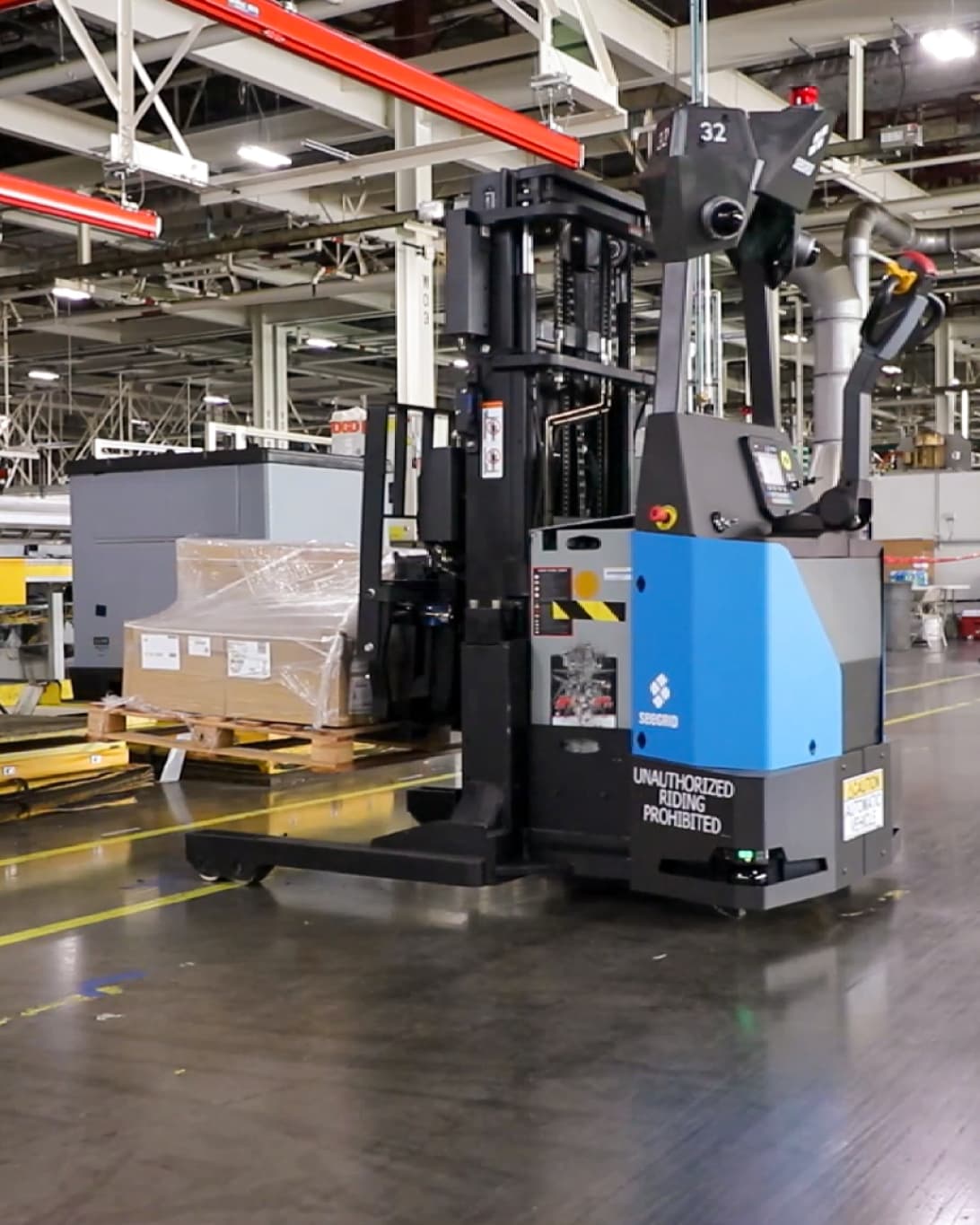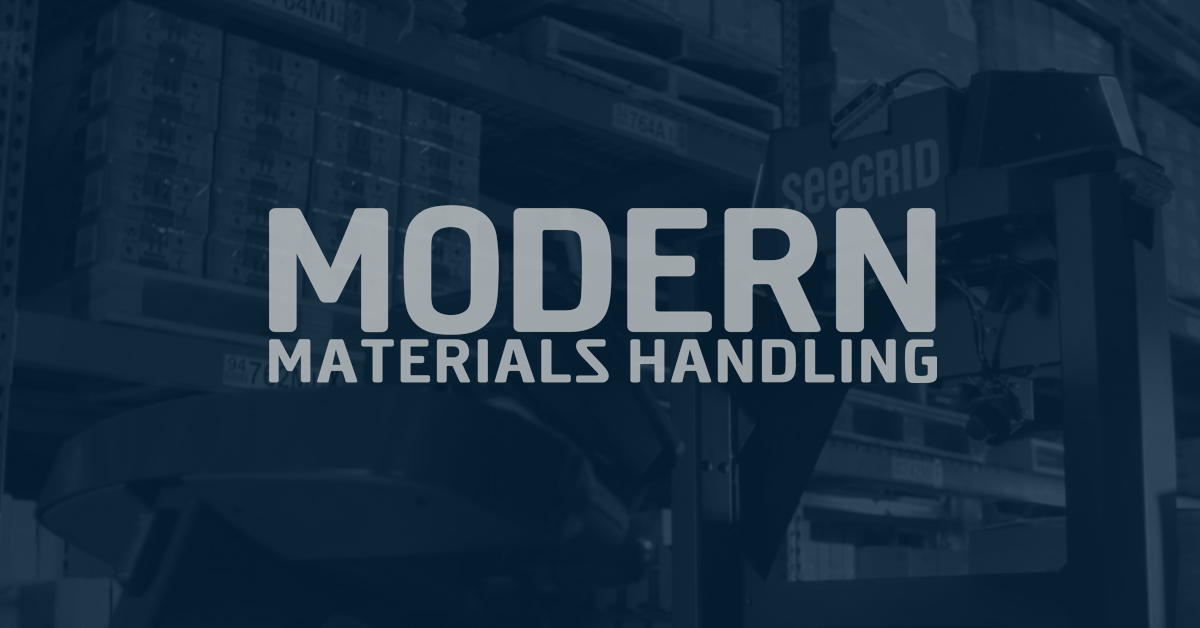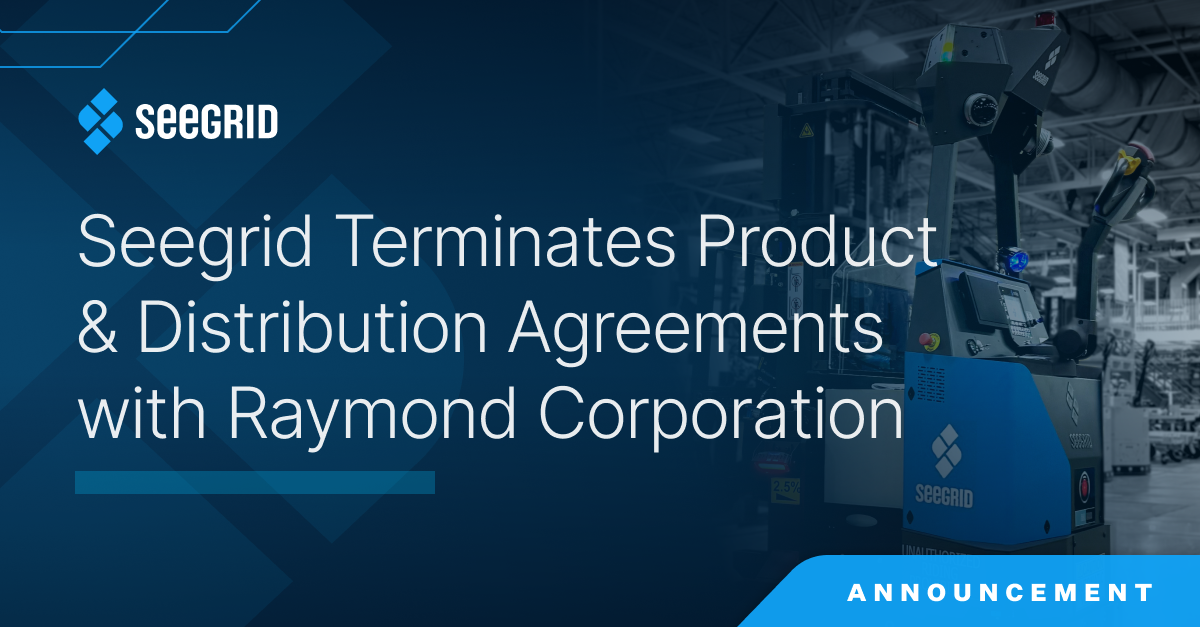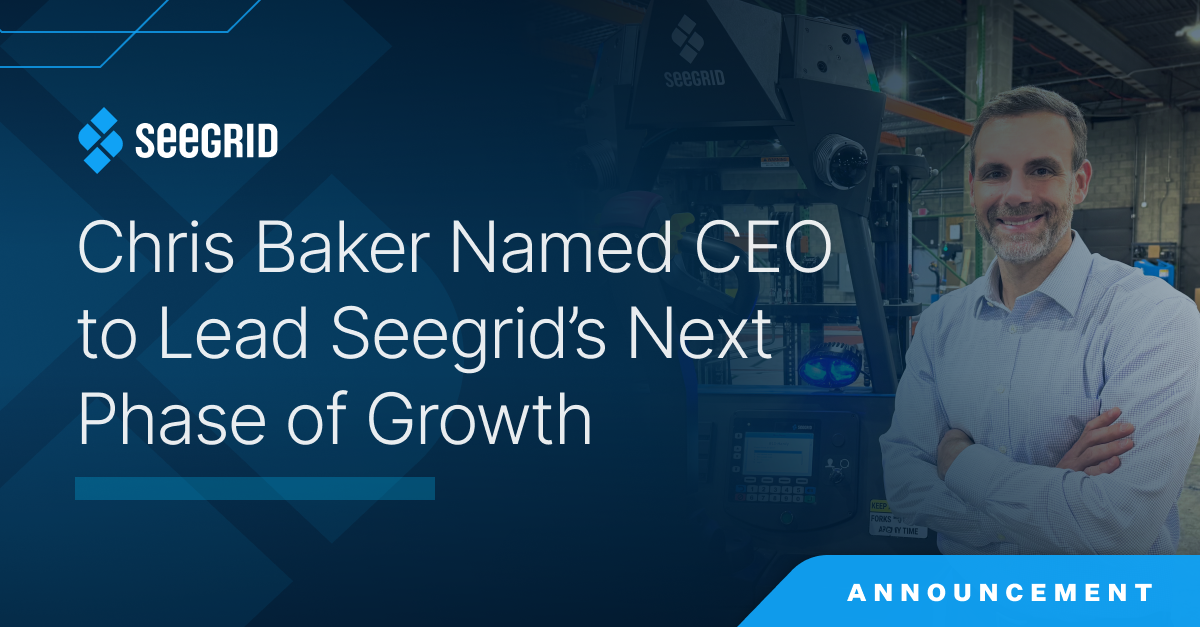Leasing is well established for conventional lift trucks, but with fully autonomous lift trucks, is Robots as a Service or “RaaS” going to become a dominant acquisition model?
There was a time when straight-up purchase was the dominant way to acquire lift trucks, but in recent years, leasing lift trucks is right up there with purchasing. According to Modern’s 2021 Lift Truck Survey, the buy/lease decision is almost evenly split, with 51% purchasing trucks and 49% leasing.
While lift truck leasing is well-established, is leasing the best means of acquiring fully autonomous lift trucks? These are, after all, technology-laden, software-driven assets. That high level of technology could make RaaS an increasingly common method of acquiring driverless lift trucks.
"The reason we offer all three is that we want customers to be able to buy using the method that is best for them,” says Jeff Christensen, vice president of product at Seegrid. “We don’t want to force them into a model that doesn’t suit what they are trying to achieve."
One key thing that leasing and RaaS have in common is that they both reduce capital expenditures. Beyond that, says Christensen, with leasing, the lease can include a purchase option after the term of the lease is over, so the end-user organization can still “own” the asset under leasing, whereas under RaaS, the vendor owns the robots.
The deeper differences, however, are around how RaaS bundles together key services, support, and upgrades within one fee, rather than having to add those as options or when the need arises.







